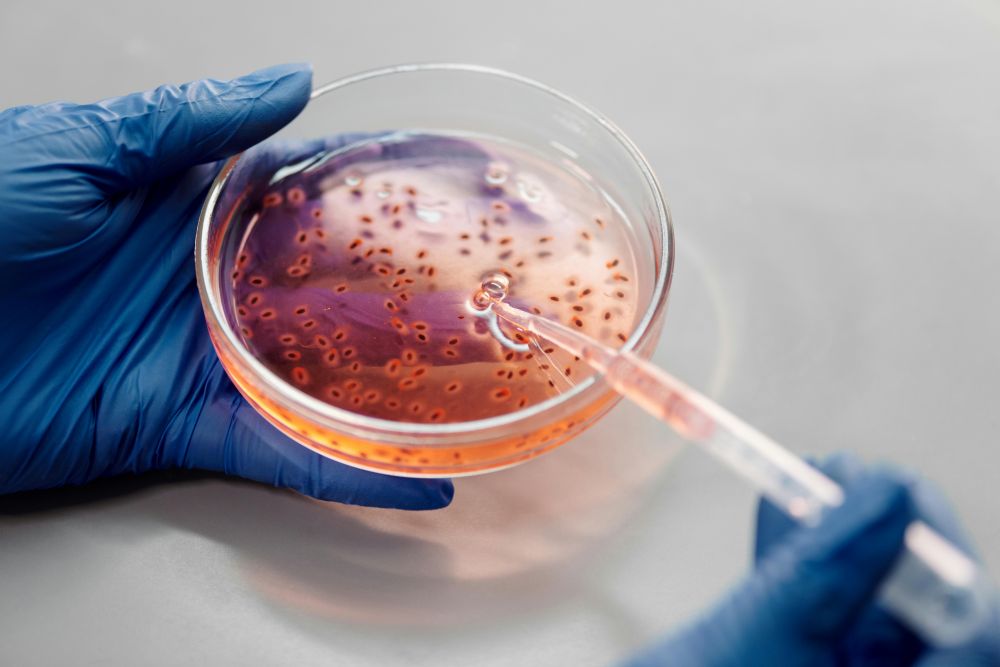Antibiotic-resistant Campylobacter infections are increasing, highlighting urgent food safety concerns.
Bacterial infections linked to contaminated food remain a persistent issue, with Campylobacter leading the list of culprits in the United States. This pathogen is responsible for an estimated 1.5 million cases of illness every year, often originating from poultry that hasn’t been cooked or handled properly. While many infections resolve on their own, some require medical intervention, and concerns are rising over antibiotic-resistant strains.
A recent study analyzed patterns in drug-resistant Campylobacter infections across multiple states, revealing changes in resistance levels between 2013 and 2019. Data showed an increase in quinolone-resistant strains, jumping from about 22% to over 33% within that timeframe. Other antibiotics also showed varying degrees of resistance, with tetracycline-resistant cases declining while resistance to quinolones steadily climbed. The research examined samples from ten states, uncovering notable regional differences. Connecticut saw the highest resistance rates for most antibiotics, while New Mexico had the lowest.
The data were collected through a national surveillance program that monitors antimicrobial resistance in foodborne bacteria. This effort helps track trends, offering insights into how resistance develops and spreads. While food remains a significant source of exposure, environmental factors also contribute. The study suggested that variations in climate, local farming practices, and data collection methods may play a role in regional differences. However, the exact reasons remain unclear, pointing to the need for further research.

Campylobacter infections typically affect people of all ages, but the study found that drug-resistant strains were most common in adults between 20 and 39. This pattern raises questions about potential risk factors, whether through dietary habits, occupational exposure, or other behaviors that increase susceptibility.
Antibiotics are not always needed to treat Campylobacter, bacterial infections, antibiotic resistance, foodborne illness, quinolone-resistant, tetracycline-resistant, poultry contamination, antimicrobial resistance, public health, surveillance programs, macrolides, azithromycin, ciprofloxacin, livestock antibiotics, food safety, cross-contamination, healthcare burden, bacterial adaptation, infection prevention, probiotics, as many cases resolve without medication. However, for severe infections requiring treatment, macrolides like azithromycin are usually the first choice. The study found that resistance to macrolides remains relatively low, which is reassuring given their role in managing serious cases. On the other hand, quinolones, which include widely used drugs like ciprofloxacin, are showing increased resistance despite not being commonly used in poultry production. This trend suggests that other factors, possibly involving agricultural practices or human antibiotic use, may be contributing to the rise.
Efforts to reduce antibiotic use in livestock have been a priority in recent years, particularly within the poultry industry. The hope is that limiting antibiotics in food production will help slow the development of resistant bacteria. However, the study’s findings highlight that resistance patterns continue to evolve in unexpected ways, reinforcing the need for ongoing monitoring.
Another challenge in tackling foodborne illness is underreporting. Many people who experience symptoms do not seek medical care, and even those who visit a doctor may not be tested for bacterial infections. As a result, surveillance data only capture a fraction of the total cases, meaning the problem could be more widespread than currently understood. Expanding testing and awareness could improve tracking efforts and lead to better prevention strategies.
The persistence of antibiotic-resistant bacteria in the food supply is not just a concern for individual health but also for public health systems. When standard treatments become less effective, medical professionals have fewer options, leading to longer illnesses, higher hospitalization rates, and an increased burden on healthcare resources.
Preventing infection in the first place remains one of the best defenses. Properly handling and cooking food, particularly poultry, can significantly reduce the risk of exposure. Simple practices like washing hands thoroughly, avoiding cross-contamination in the kitchen, and ensuring meat reaches safe internal temperatures can make a big difference. Additionally, ongoing research into alternative treatments and prevention methods, such as vaccines or probiotics, may offer new ways to combat these infections in the future.
Surveillance programs continue to provide valuable insights into bacterial resistance patterns, but the fight against drug-resistant infections is far from over. As bacteria adapt to current treatments, scientists and public health officials must remain vigilant, exploring new strategies to curb the spread of resistant strains. By combining careful antibiotic use, improved food safety practices, and further research, the goal is to keep infections manageable and prevent a future where common treatments become ineffective.
Sources:
Study reveals trends in drug-resistant Campylobacter infections across the U.S.


Join the conversation!